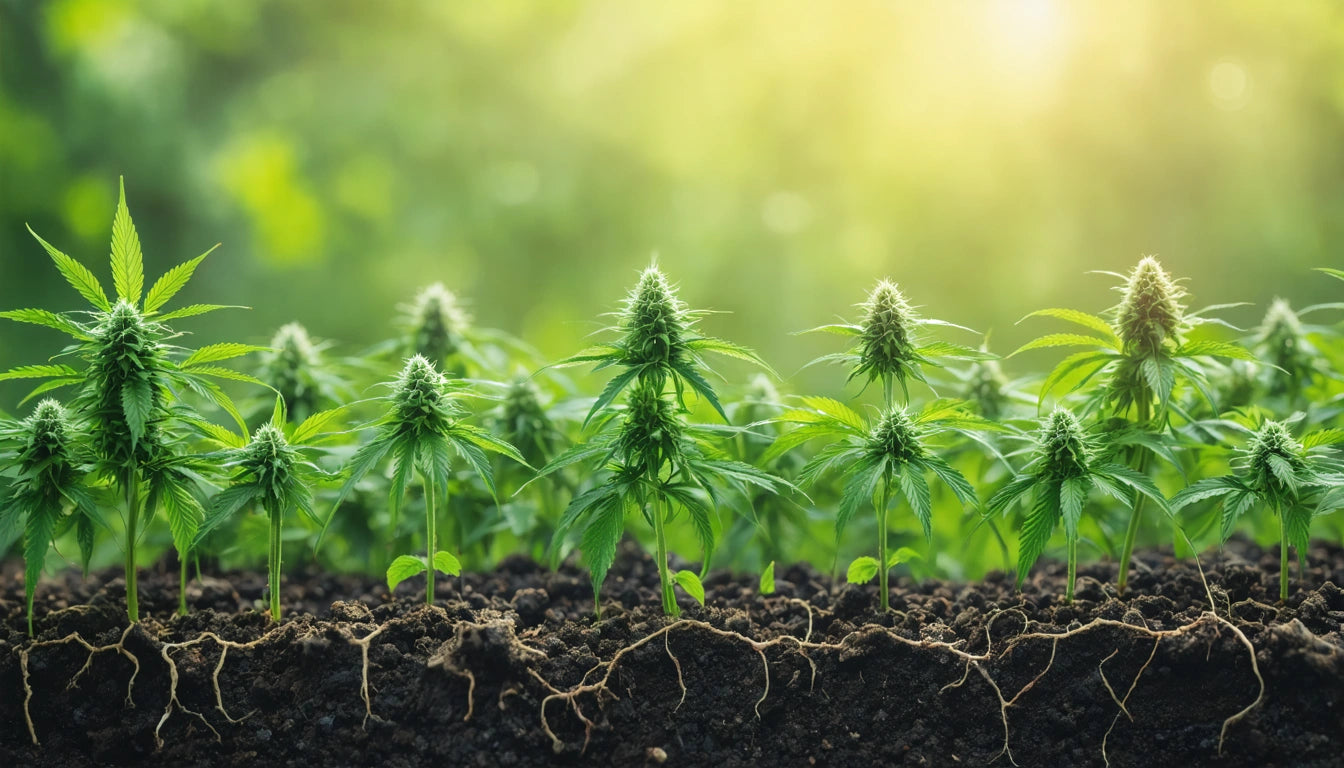- Understanding Cannabis Risks: Beyond the Hype
- Mental Health Impacts of Cannabis Use
- Physical Health Concerns from Cannabis Consumption
- Edibles-Specific Risks: Delayed Onset and Potency Challenges
- Cannabis and Vulnerable Populations: Heightened Risk Factors
- Safety and Harm Reduction Strategies for Cannabis Users
The Potential Dangers and Health Impacts of Cannabis Use
As cannabis legalization expands across the United States, questions about its safety profile have become increasingly important. While cannabis offers potential benefits for some medical conditions, it's essential to understand how harmful cannabis can be in certain contexts. This balanced examination explores the question of how dangerous is weed and provides evidence-based information on potential risks.
Understanding Cannabis Risks: Beyond the Hype
Cannabis contains hundreds of compounds, with THC (tetrahydrocannabinol) being the primary psychoactive component. The plant's effects vary widely depending on strain potency, consumption method, individual physiology, and frequency of use. When considering if weed is harmful, it's important to distinguish between occasional use and heavy, chronic consumption.
According to research on cannabis pros and cons, moderate use by healthy adults presents relatively low acute risks compared to substances like alcohol or opioids. However, this doesn't mean cannabis is without potential dangers.
Mental Health Impacts of Cannabis Use
Anxiety and Paranoia
High-THC cannabis can trigger anxiety and paranoia in susceptible individuals. These effects are typically temporary but can be intensely uncomfortable. For those with pre-existing anxiety disorders, cannabis may exacerbate symptoms rather than relieve them.
Depression and Motivation
Long-term heavy use has been associated with amotivational syndrome in some users. While the causal relationship remains debated, regular cannabis use correlates with higher rates of depression in some population studies.
Psychosis Risk
Perhaps the most concerning potential mental health impact is the relationship between cannabis use and psychosis. Studies on marijuana's effects suggest that frequent use of high-potency cannabis may increase the risk of psychotic disorders, particularly among those with genetic predisposition.
Physical Health Concerns from Cannabis Consumption
Respiratory Issues
Smoking cannabis introduces combustion byproducts into the lungs. While the relationship between cannabis smoking and lung cancer remains less clear than with tobacco, chronic bronchitis symptoms are well-documented among regular smokers. These concerns have led many consumers to seek alternatives such as properly packaged flower products that can be used with vaporizers rather than combusted.
Cardiovascular Effects
Cannabis temporarily increases heart rate and can alter blood pressure. For individuals with pre-existing heart conditions, these effects potentially increase risk. The question of how dangerous is America's weed habit partly depends on understanding these cardiovascular impacts across the population.
Impaired Coordination and Driving
Cannabis significantly impairs motor coordination, reaction time, and judgment. Research on cannabis risks shows that driving while intoxicated increases accident probability, though differently than alcohol impairment.
Edibles-Specific Risks: Delayed Onset and Potency Challenges
The question of whether weed edibles are bad for you involves unique considerations. Unlike smoking, edibles produce delayed effects (30 minutes to 2 hours), leading some users to consume additional doses prematurely. This can result in overwhelming, prolonged intoxication.
Emergency room visits related to cannabis have increased in states with legal edibles, primarily due to overconsumption and the resulting anxiety, paranoia, and physical discomfort. However, these incidents rarely result in lasting harm when properly managed.
Cannabis and Vulnerable Populations: Heightened Risk Factors
Adolescents and Brain Development
One of the clearest answers to why weed is harmful concerns adolescent use. The developing brain appears particularly vulnerable to cannabis effects, with studies showing associations between early, heavy use and changes in brain structure and function. These changes may impact cognitive abilities, particularly in areas of memory, attention, and executive function.
Pregnancy and Breastfeeding
Cannabis use during pregnancy has been linked to lower birth weight and potential developmental effects. THC passes into breast milk and may affect infant development. Medical authorities consistently recommend avoiding cannabis during pregnancy and breastfeeding.
Pre-existing Mental Health Conditions
Individuals with certain mental health conditions face elevated risks. Research on cannabis and mental states indicates that those with bipolar disorder, schizophrenia, or family history of psychosis should approach cannabis with particular caution, if at all.
Safety and Harm Reduction Strategies for Cannabis Users
Understanding how weed is harmful allows for development of practical harm reduction approaches:
- Start with low THC content and gradually increase if needed
- Choose consumption methods that avoid combustion when possible
- Use cannabis in safe, comfortable environments with trusted people
- Avoid mixing with alcohol or other substances
- Respect personal and family mental health history when deciding whether to use
- Store products securely away from children and pets
- Understand that cannabis products can degrade over time, potentially changing their effects
While the question of how harmful is cannabis has no single answer that applies to everyone, understanding specific risk factors helps individuals make informed decisions. For most healthy adults using moderate amounts occasionally, severe adverse outcomes are uncommon. However, certain patterns of use and individual risk factors can substantially increase potential harms.
As research continues to evolve, our understanding of cannabis risks will become more nuanced. The most responsible approach acknowledges both the relative safety for many users and the legitimate concerns for vulnerable populations and specific use patterns.











Leave a comment
All comments are moderated before being published.
This site is protected by hCaptcha and the hCaptcha Privacy Policy and Terms of Service apply.